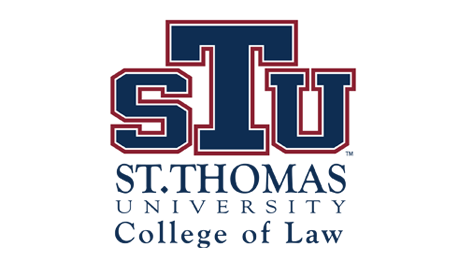Intercultural Human Rights Law Review
First Page
33
Abstract
This essay will explore the use of public protest as a nonregulatory device for promoting the fair pay and equal workplace treatment principles of the Universal Declaration of Human Rights (UDHR), the International Covenant on Economic, Social and Cultural Rights (ICESCR), and American domestic laws. Specifically, it will consider the role of public protest in improving the economic condition of workers who face discrimination, low wages, and "gig" or contractual work arrangements that do not provide the kinds of job security contemplated by the law. The essay will first look at the effect of civil rights protests on the economic rights of minorities in the United States. Second, it will describe and evaluate the plight of low-wage workers. And, finally, it will consider the impact of purchasing labor through independent contracts that circumvent legal prescriptions for fair pay and nondiscriminatory workplaces. Part I of the essay shows that public protest helped to produce legal prescriptions that were instrumental in improving the pay and benefits minorities and women receive. Part II shows that public protest has resurfaced as a viable strategy for low-wage workers who have found it difficult or impossible to improve their compensation status under existing regulations. This part highlights the free-market foundation of American labor laws, and how this model limits the power of unions to champion the economic claims of the most vulnerable workers. Part III considers the challenges that "gig" and contract employment present to the rules of fair pay, reasonable work hours, and complementary workplace benefits that come with fulltime employment.' 0 The essay concludes by referencing the success recent worker initiatives have had in advancing their economic claims, and proposes that such activism should be expanded.
Recommended Citation
Stephen A. Plass,
Securing Workers' Economic Rights through Public Protest,
11
Intercultural Hum. Rts. L. Rev.
33
(2016).
Available at:
https://scholarship.stu.edu/ihrlr/vol11/iss1/4

